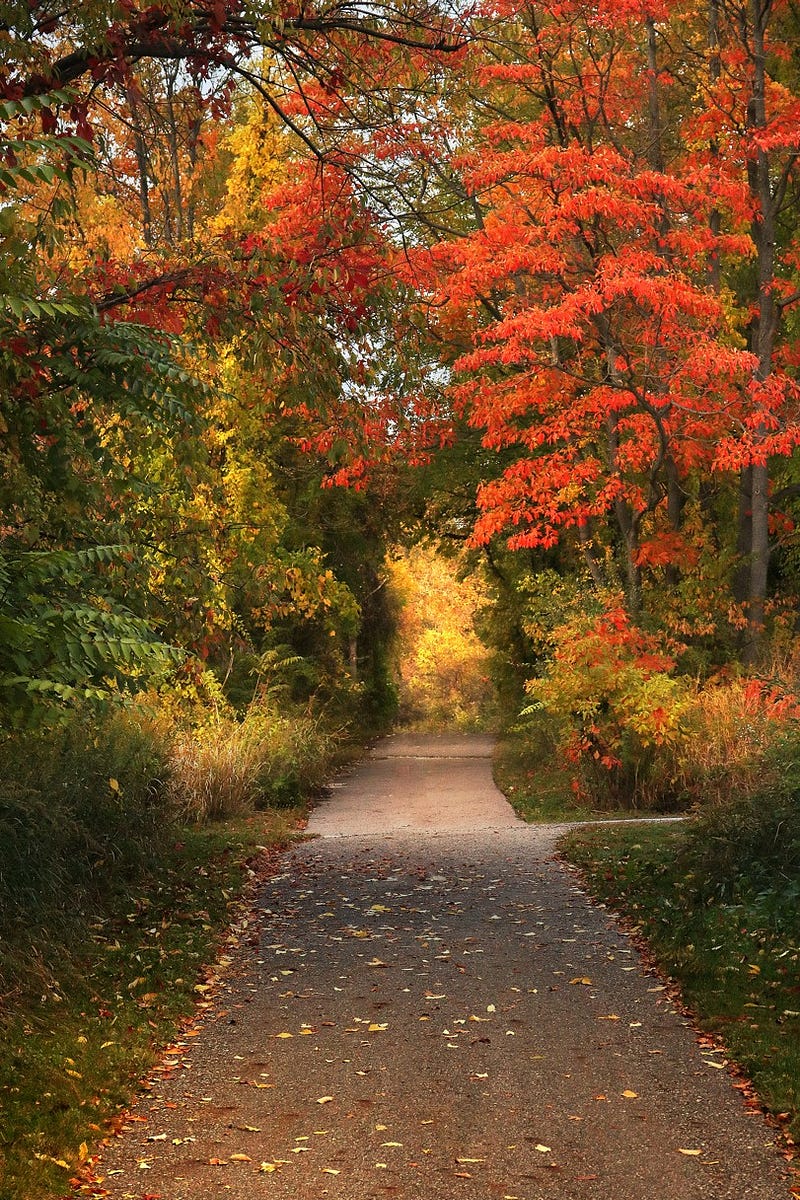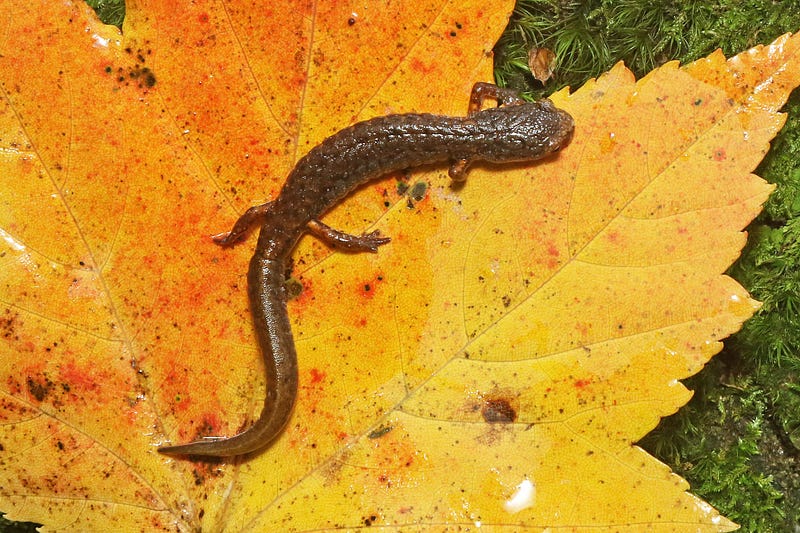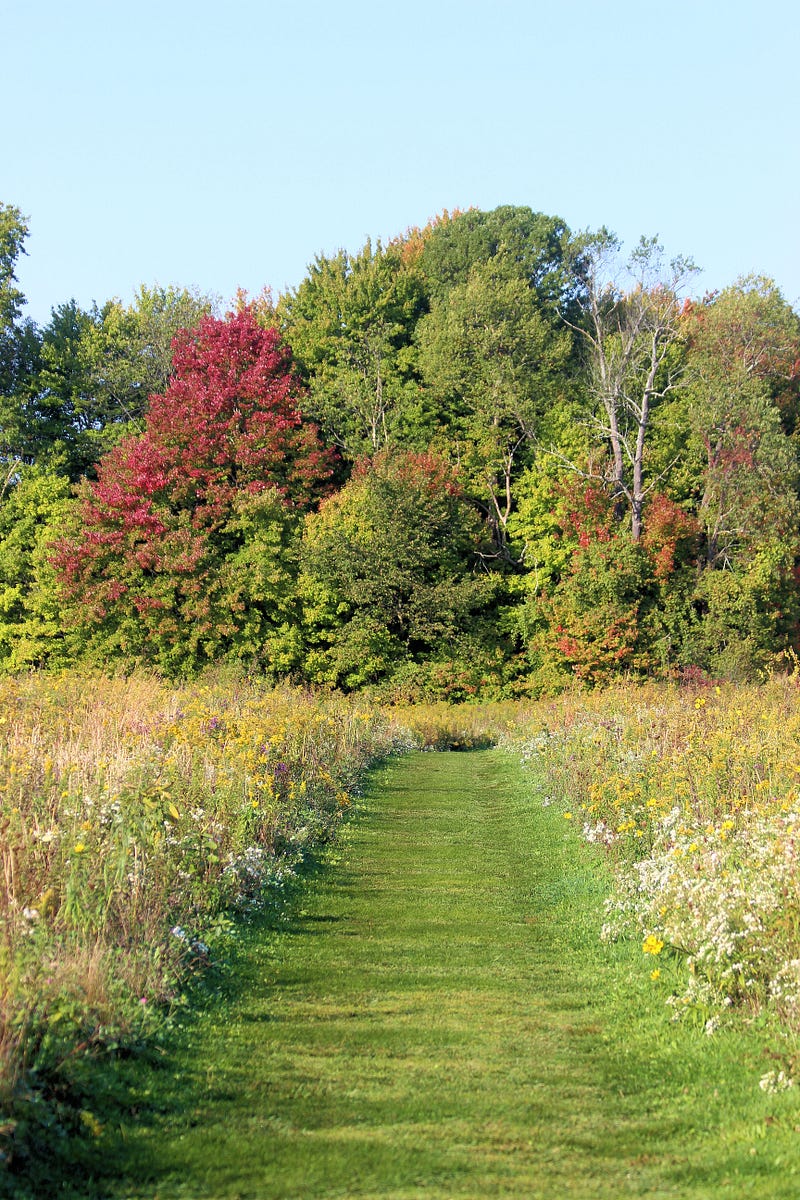Mike Johnson, Chief of Conservation

The best things to see at every Metro Park are best seen from our trails — we build them that way. At Summit Metro Parks, you will find well-maintained trails that are clearly marked and easy to follow. Trail signs keep patrons on track and notify them how far they have left on their hike. Information at each trailhead kiosk informs the visitor of the distance of each trail and relative level of difficulty. Trail maps and significant sights are easily found on our website and can be printed to carry in the field. Finally, many trails have interpretive signage at key locations to point out features of interest and offer a brief insight into our local natural and cultural history.
We make trails easy to follow not just so visitors have a good experience, but also to encourage hikers to stay on the trails. Our trails are carefully planned to take the visitor to key destinations in a manner that does not impact our natural or cultural resources. Venture off trail, and you may inadvertently walk into a sensitive area. Under your feet might be an endangered plant or rare salamander hiding beneath the leaf litter. Every Metro Park is home to hundreds of different species, many of which are very rare and cannot withstand any degree of trampling. Walking off trail also carries seeds of invasive and non-native plants tracked in on hikers’ boots, causing even more trouble for our stressed wildlife.

The four-toed salamander is a great example of one of these sensitive species. This small and difficult to see creature is listed as endangered in the state of Ohio and can be found in off-trail locations at several parks. Even when they are not hiding under the leaves, they are hard to spot and easily crushed by a single step. Believe it or not, there are also many rare and endangered plants that grow within inches of our trails. Most of them, such as Bush’s sedge, are inconspicuous. If you are not an expert botanist, you would probably think nothing of treading right over them.

Still not convinced? Tempted to take a peek behind that rock or big tree? Remember, our trails are not just planned to protect wildlife, they are planned to protect you and help make your experience safe and enjoyable. We make sure that vegetation along the trails does not hang over and brush against patrons as they walk (which is how ticks get to you). Wander off the trail and you may pick up ticks — and the same is true for your dog.
Our well-marked and maintained trails also help to keep negative interactions between humans and wildlife to near non-existent levels. Wildlife including coyotes, bobcats and even bears (yes, Summit County has a few bears) really do everything they can to avoid people. Wildlife knows where the trails are located and our research has shown they avoid trails at times people are likely to be using them. Every now and then, a patron (or more likely an off-leash dog) wanders into the brush or woods too close to a coyote den and is met with some very concerned coyote parents.
So please help us conserve the incredible diversity of life we are so fortunate to have. Come and enjoy your Metro Parks but please do so from our extensive, 150-mile system of trails. This will make the visit not only enjoyable for you, but for all the species that call our parks home.
This article was originally published by Leader Publications on October 1, 2020 and can also be viewed at www.akron.com.